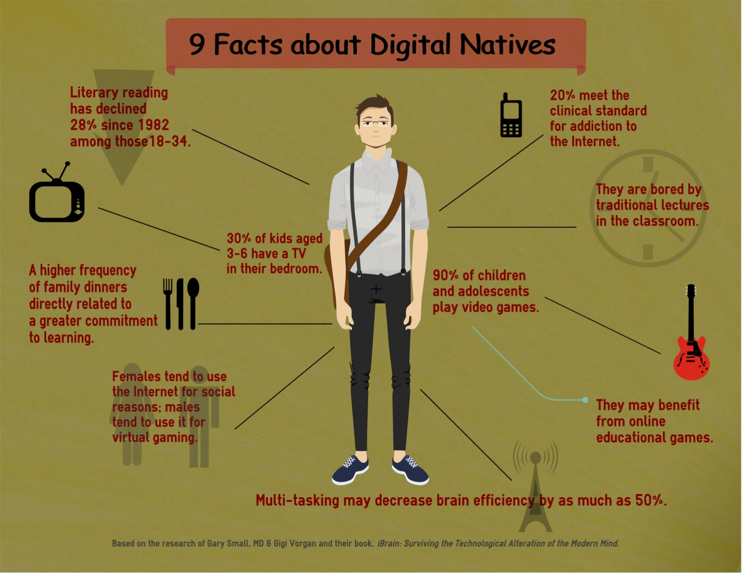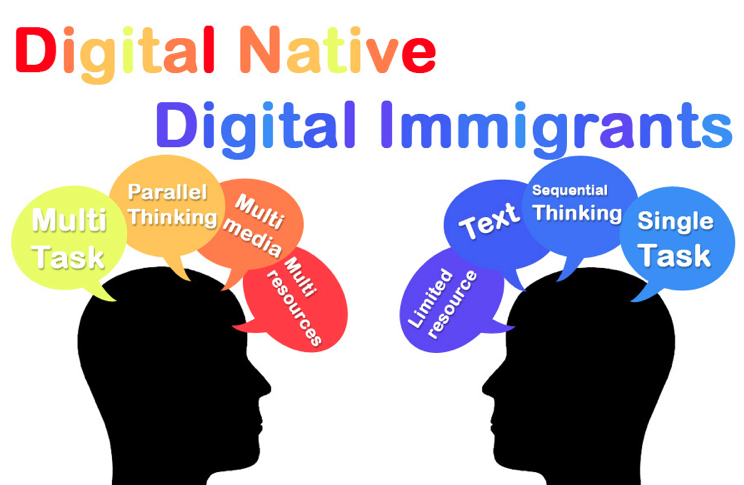“We see a move from computer assisted language learning (CALL) to technology enhanced language learning (TELL) [,,,]. One of the main differences between CALL and TELL is that we see technology not as assisting language learning, but as part of the environment in which language exists and is used” (Walker A, & G. White (2013:9))…








